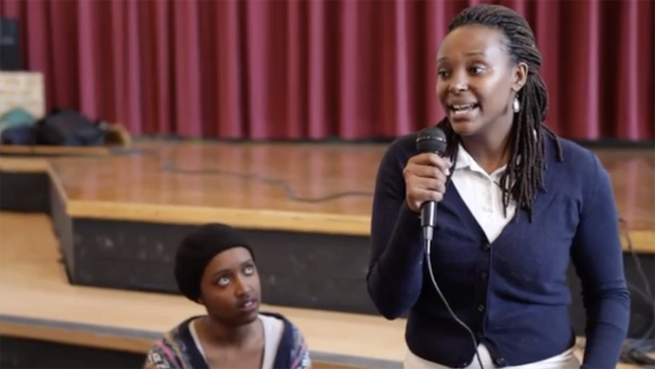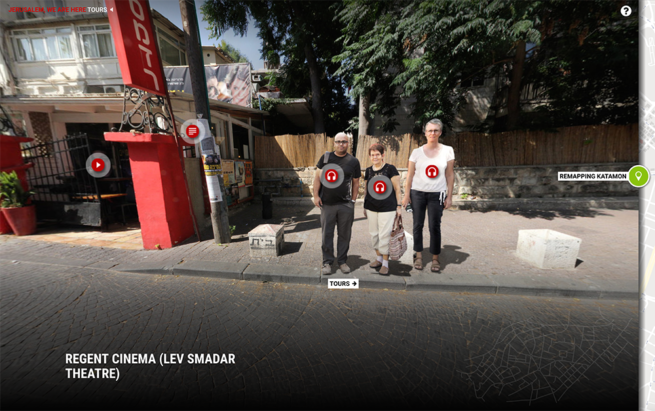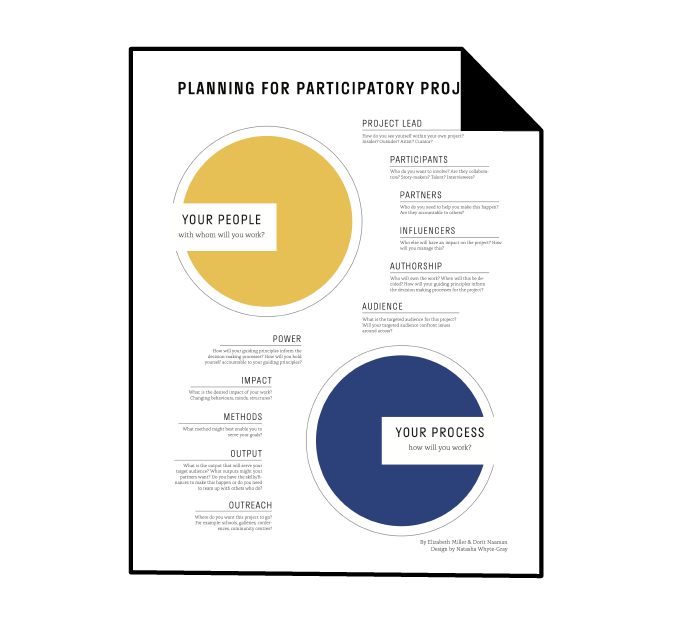Power: Your Process
When participants of a project have an opportunity to engage in decision-making they often feel more involved and accountable to the project. Participatory projects can involve intentional protocols, such as consensus decision-making, or horizontal structures of decision-making. They can also operate in vertical dynamics. For instance, project coordinator you might make executive decisions, or funders might have certain demands. Decision-making can be an explicit process whereby decisions are documented and shared. Alternatively, it might be a more intuitive or implicit process. How would you describe your desired decision-making style? Will you discuss your style in advance or will it be implied? Do you feel you have the time required for horizontal or consensual decision-making? How will you hold yourself accountable to your guiding principles? Do you have protocols in place for resolving conflicts?
Additional questions and prompts
Do you anticipate any unspoken power dynamics in the project, such as the budget of the project or how the project was funded? What are the different levels of experience with the decision-making methods you are using? What do funders, advisors, team members, and participants each want or expect in the way of decisions, such as editorial control or input at each stage of the project?
Reading
Miller, Elizabeth and Michele Luchs. “Not So Far Away: A Collaborative Model of Engaging Refugee Youth in the Outreach of their Digital Stories.” Area 48, no. 4 (December 2016): 442-448. doi: 10.1111/area.12165
Kaner, Sam. Facilitator’s Guide to Participatory Decision-Making. San Francisco: Jossy-Bass, 2014.
Slade, Samantha. Going Horizontal: Creating a Non-Hierarchical Organization, One Practice at a Time. San Francisco: Berrett-Koehler Publishers, 2018.
VanDeCarr, Paul with Ellen Schneiderr. “The PreNups: What Filmmakers and Funders Should Talk about Before Tying the Knot.” Active Voice Lab, 2009. https://www.activevoice.net/wp-content/uploads/2014/05/ThePrenups_guide_final.pdf




